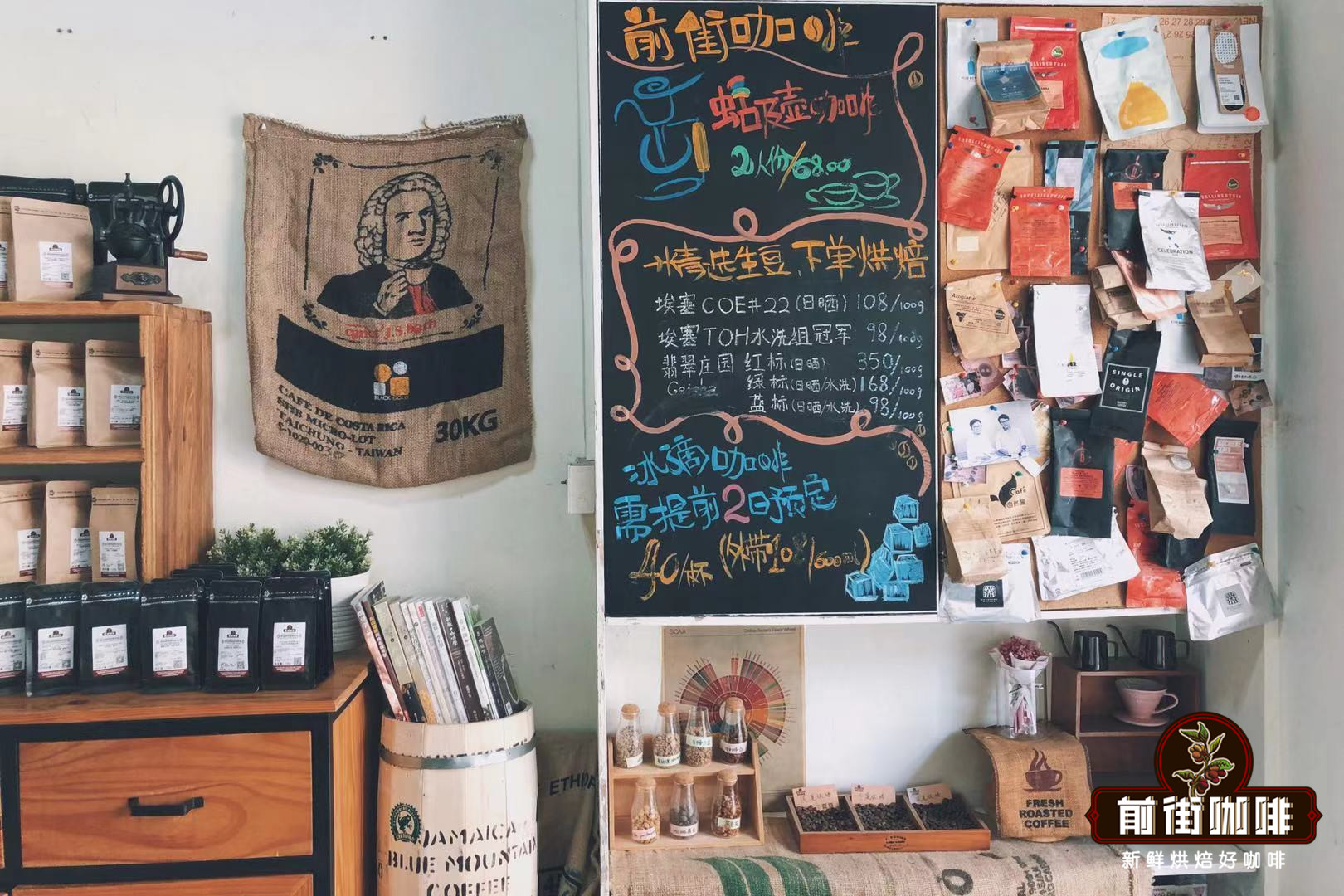What are the major coffee-growing countries in Asia
Although Brazil produces 30 to 35% of the world's coffee annually, ranking first in the world, none of the Brazilian beans can be called the top coffee. The mountains are covered with coffee trees in southern Brazil, but Santos is the only one that can be put on the table; most of the other hastily processed beans are used to make instant coffee and easy-to-open coffee. Santos Coffee is a descendant of Arabica trees from Island of Bourbon (today's French island of Reunion, located in the Indian Ocean east of Madagascar) in the 18th century and belongs to the var subspecies. Bourbon). Before the age of three to four, Bubang coffee trees bear small, twisted beans called "Bubon Santos", the most advanced Brazilian beans, often referred to directly as "Brazil" in cafes.
After the age of three or four, Bubang coffee trees will only produce large, flat beans, called "Flat Bean Santos", which are cheap and unpopular with coffee people. Bubang Santos does not have a prominent personality, plain taste, medium texture, ordinary sour taste, usually used as the base of mixed coffee, specially set off other coffee. One feature, however, is that it is rich in oil, which is a welcome advantage for those who do not like to mix Espresso complex products with robusta beans-it guarantees you a thick Krima.
Brazil also has a "Rio" bean, exported by Rio de Janeiro, which is also famous, but it is named not because it tastes good, but because it tastes strange. It has a strong smell of iodine, which coffee experts particularly call "Rio"; another dishonorable word related to Rio beans is used to describe a somewhat irritating taste, called "Rioy," caused by coffee berries dried on trees that continue to ferment during drying and are often found in dried Rio beans.
2. Latin America, Central America, the Caribbean
[Jamaica (Jamaica)]
When you think of Jamaica, you immediately think of Blue Mountain coffee. Rare and expensive blue mountain beans, originally from the Wallensford Coffee Garden, have now expanded to the Blue Mountains, which are more than 1,000 meters above sea level. as long as the tree species and treatment procedures of the estate meet certain standards, the government will issue a guarantee to allow the use of the name "Blue Mountain".
It used to be the protagonist of coffee mythology, but many people think that the legendary characteristics-rich aroma, complete texture, perfect combination with even and palatable sour taste-are no longer there, and the beautiful sour taste that existed 15 years ago can only be found in memories.
In spite of this, its price still goes up. In Taiwan, the retail price of guaranteed raw beans is usually more than 2000 yuan per kilogram. In the market for raw beans, which are commonly packed in gunny bags, blue mountain beans that insist on barrel packaging show their extraordinary price.
The term "Jamaica High Mountain" refers to coffee beans grown in other mountains less than 1,000 meters on the island, which are of relatively ordinary quality and have a mild texture and sour taste. As for "Blue Mountain Blend" or "Blue Mountain Style" coffee, it is usually a combination of good Colombian beans, intended to imitate the taste of Blue Mountain, and has nothing to do with Jamaica. You won't find any real blue beans in Blue Mountain coffee.
[Dominican Republic (Dominican Republic)]
Beans from the Dominican Republic are often called "Santo Domingan" (their old country name), and the coffee plantations there are mainly around the mountains in the middle of the island.
There are four kinds of washed alpine coffee on the market: Cibao, Bani, Ocoa and Barahona, and the latter three are especially praised. The sweet taste of soft ripe fruit is very similar to that of Haitian coffee, while Balahona has a high acidity and a thick taste of typical Caribbean beans, which is close to the Jamaican mountains in quality and characteristics. Baking to medium depth best highlights their sweetness.

Important Notice :
前街咖啡 FrontStreet Coffee has moved to new addredd:
FrontStreet Coffee Address: 315,Donghua East Road,GuangZhou
Tel:020 38364473
- Prev

The best coffee beans in Asia, coffee beans, coffee beans, coffee beans
Although Brazil produces 30 to 35 percent of the world's coffee annually, ranking first in the world, no Brazilian bean is considered top-class coffee. Coffee trees abound in the south of Brazil, but only Santos can be brought to the table; most of the other poorly processed beans are used for instant coffee and easy-to-open coffee. Santos Coffee
- Next

Where are the best coffee beans produced in Asia?
When you think of Jamaica, you immediately think of Blue Mountain coffee. Rare and expensive true blue mountain beans originated from the Wallensford coffee garden, but now the producing area has been expanded to the Blue Mountain Mountains with an elevation of more than 1000 meters. As long as the tree species and treatment procedures of the manor meet certain standards, the government will issue a guarantee to allow the use of the name "Blue Mountain".
Related
- What documents do you need to go through to open a coffee shop? coffee shop coffee shop certificate processing process
- How to purchase Coffee beans in small Cafe how to choose a suitable supplier for domestic Coffee supply Company
- How to drink Starbucks Fragrance White Coffee? how to make Australian White Coffee? what Italian coffee beans are recommended?
- The Story of Flora Coffee: the name of Flora Coffee Bean and the implication of the Flowers on Florna Coffee
- How much does a cup of coffee cost? How much is the profit of a cup of coffee? What is the profit of the coffee shop in a year?
- Yunnan small Coffee, known as "fragrant Coffee", introduces the characteristics of Alpine Arabica Coffee producing areas in Yunnan, China
- 2023 latest Starbucks full menu price list how much is a cup of Starbucks coffee what is better to drink the most popular hot and cold drinks recommended
- Starbucks different kinds of Coffee Price list Starbucks menu 2023 Top Ten Best drinks in Starbucks
- Starbucks Spring praise Comprehensive matching Coffee Bean theme Story Packaging implication and taste description
- The cost of a cup of coffee latte American coffee cost price and selling price

